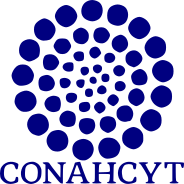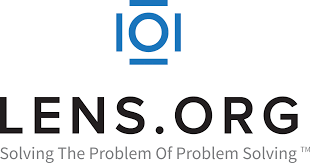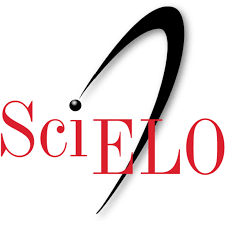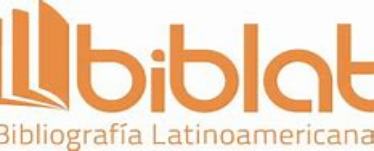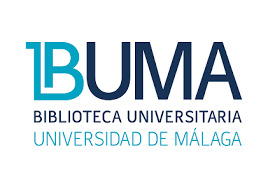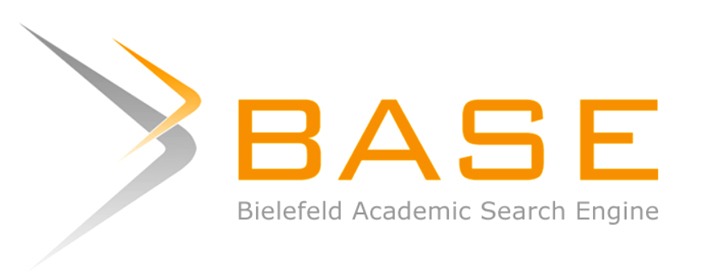USO DE HIDRÓFITAS Y UN SISTEMA ANAEROBIO PARA EL TRATAMIENTO DE AGUA RESIDUAL DE RASTRO
Abstract
In Mexico one of the most serious problems
affecting the environment is wastewater
discharges, especially those from municipal
slaughterhouses, because they contain high
concentrations of organic matter, proteins,
fats and nutrients, among other contaminants. Owing to the high concentrations
of pollutants contained in this wastewater,
it must be treated with anaerobic reactors,
which are responsible for the degradation
of organic matter, mainly solids and fats.
However, nutrients are not completely
removed, necessitating a tertiary treatment
to remove N and P from this effluent. Because hydrophytes are capable of absorbing
these nutrients, we tested the efficiency of
Eichhornia crassipes, Lemna gibba and
Myriophyllum aquaticum at removing nitrates, orthophosphates and ammonium from
water previously treated with anaerobic sys-
tems in series. The results showed that the
best hydrophyte to remove nutrients from
the treated water, particularly the orthophosphates and nitrates, was M. aquaticum,
whereas L. gibba was best for nitrates. All
the three species were efficient in absorbing
ammonium.
Downloads
Published
Issue
Section
License

Polibotánica by Departamento de Botánica de la Escuela Nacional de Ciencias Biológicas del Instituto Politécnico Nacional se distribuye bajo una Licencia Creative Commons Atribución-NoComercial-CompartirIgual 4.0 Internacional.



